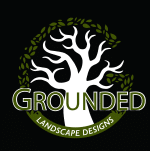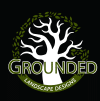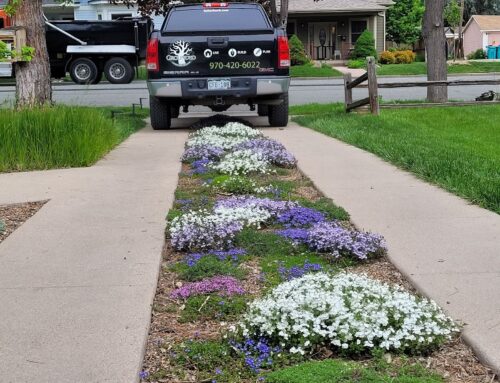From softscape features such as planting beds, irrigation systems, and water features to hardscape items like patios and retaining walls, landscaping your yard can be a daunting task. You may have a vision of what you want your yard to look like but don’t know where to start. Designing your yard can be challenging, but with careful planning and the proper experience, you can transform an outdoor space into your perfect vision. Explore how to plan landscaping in your yard and get tips on making it successful.
Assessing Your Site
When you’re ready to start planning the landscape for your property, the first step is assessing your site for potential opportunities and challenges. You’ll need to consider the size of your yard, slope and drainage patterns, sun exposure, wind direction, the micro-climate in different areas of your property, and your home style when designing your landscape.
If you’re unsure where to start, start by defining a list of elements that you want to have in your yard. For example, your list might be a patio space where you can dine outside with family and friends, a fire pit area, a path from the front yard to the back yard, bed spaces around the perimeter of the yard with low water plants and trees, a hot tub, a grass area for kids to play, and evergreen trees to establish privacy between your house and a neighbor. Now that you have a list the next step is defining a style that you like. You can look at resources online such as pinterest and houzz, or clip pictures from magazines that capture your attention. Magazines may also help give you design ideas for your yard. Once you have a list of elements and you know a general style you can start organizing thoughts into a conceptual design.
One important thing to remember when you’re making landscaping plans is that it’s essential to balance hardscape and softscape elements. Hardscape elements include walkways, patios, and decks, while softscape elements consist of lawn areas or planting beds. A good landscape design will include a mix of hardscape and softscape elements to create a beautiful and functional space. Too much hardscape can make an outdoor spaces feel really hot due to all of the reflected heat.
Decide Whether To DIY or Hire a Professional
When landscaping your yard, you may wonder whether to do it yourself or hire a professional. There are benefits and drawbacks to both, so it’s vital to weigh your options before making a decision.
If you decide to DIY, it is extremely important to start with a conceptual design, as discussed above, so that the end result looks intentional and well thought out, not just a collection of random ideas. A design is especially needed if the project is going to be phased in over time. If it is a DIY project the design should reflect the skill level of the homeowner so that the installation can be completed successfully. Set yourself up for success by choosing materials and ideas that you can execute.
If you don’t have the proper experience or the desire to install the project yourself, then hiring a landscape contractor may be your best option. A professional will have the expertise to get the landscaping project done right and in a timely manner. They’ll also be able to take on any challenges that might come up along the way. Of course, hiring a professional will come at a cost, so be sure to get quotes before making your final decision. Keep in mind, if you do get multiple bids it may not be the best idea to always just accept the lowest price. It would be wise to ask questions and make sure that you understand the details outlined in each bid. Again, it is always best to start with a design because then each contractor is bidding on the same exact things. Don’t be fooled by a low bid that is based on cutting corners and using cheap materials to accomplish a lower price.
Plan Your Planting
When planning, it is essential to consider the exposure of your yard and the amount of sunlight each area receives. It is common to have several different micro-climates on a property. For instance, the north side of a house will always be a shady area which means it is generally cooler and sometimes wetter. Specific plants will need to be used on the north side of a house verses other areas. The south side is the exact opposite. South facing yards are always the hottest and driest because the sun’s path creates full sun for the entire day. This is where you want to place the toughest, most drought tolerant plants.
as well as the soil type that will ensure the longest life in your plants.
Do you enjoy more vibrant colors or do you prefer neutral tones and greens? It’s important to have a color theme for your yard so it doesn’t look thrown together haphazardly. Most importantly, a successful design will incorporate seasonal color throughout the landscape. This means that shrubs, flowers, and trees will be used in a way that there are plants blooming in all different seasons.
Once a plant list has been established, placement of plants should be according to concepts such as texture, contrast, balance, symmetry, and color. Knowing how to use these principles will help create a well planned yard. A designer will consider how plants can achieve this. If you are designing on your own, make sure the spacing is sufficient to leave enough space between each plant so they have room to fill out to their mature size without crowding into one another. If you had a professional complete a plan, the landscape designer should have spaced plants according to their mature sizes. In that case, you can simply measure plant spacing from the plan. In Colorado, you should use soil amendment when planting each plant. Use the ratio of ⅔ native soil and ⅓ amendment. Mix the soil in a wheel barrow until it has a smooth consistency without large clumps and backfill the hole.
Looking to hire a landscape designer in your area? Contact Grounded Landscape Designs for a consultation!





